Best Fats and Oils for Seasoning Cast Iron Cookware
Discover my favorite fats and oils to use for a cast iron seasoning. I believe these create the best non-stick surface in your cast iron cookware!

I grew up with cast iron cooking. My mom was something of a collector, and our farmhouse kitchen had more than a few pieces lying about!
It wasn't uncommon to see a well-seasoned cast iron skillet sitting on the stove top, ready to be used for the next round of ground meat, eggs or onions that would be fried as an addition to a hearty meal.
Because cast iron was used in my childhood home, you would think the transition to using it in my own kitchen would be easy, right?
My First Experience Seasoning Cast Iron
The first year of my marriage, I bought a brand new, raw cast iron pan. I was only a few years into my Lyme journey, and knew that Teflon coated pans actually aren't great for you.
I wanted something a bit more natural.
It's not that cast iron has "health benefits" per se, but at least it doesn't release bad stuff into your food.
At the time, I was very interested in building a collection of sustainable cookware for my kitchen that would last indefinitely.
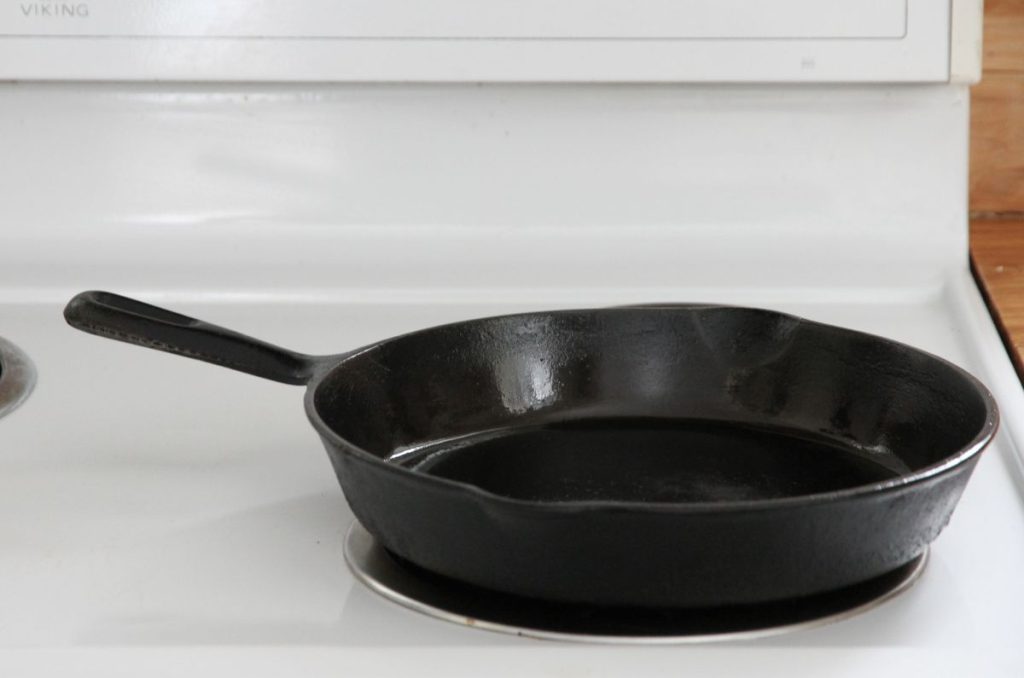
When it came to seasoning my new cast iron pan in the oven, I thought I knew what I was doing.
After setting the oven temperature to 500F, I poured a thick, heavy layer of extra virgin olive oil into the bottom of skillet.
Into the oven it went! Not long after, our tiny basement apartment filled with smoke that just kept billowing out of the stove.
Fire alarms went off, and I cooked, and cooked, and cooked that oil.
Regardless of how long I baked it, the oil just wouldn't harden in the pan! When I finally pull the cast iron piece from the oven and let it cool, there was a dense and sticky layer of olive oil that wouldn't come off.
Not for anything!
So after much washing, scrubbing and even reheating the pan, I finally gave up and threw it out.
And that's when I realized I had a few things to learn. Like what type of fat or oil did work for seasoning cast iron?
What is Cast Iron Cookware?
Cast iron is a molded cookware primarily made from pig iron. It also has low levels of other metals, like silicon and manganese. Cast iron is easy to identify by its black color and heavy weight.
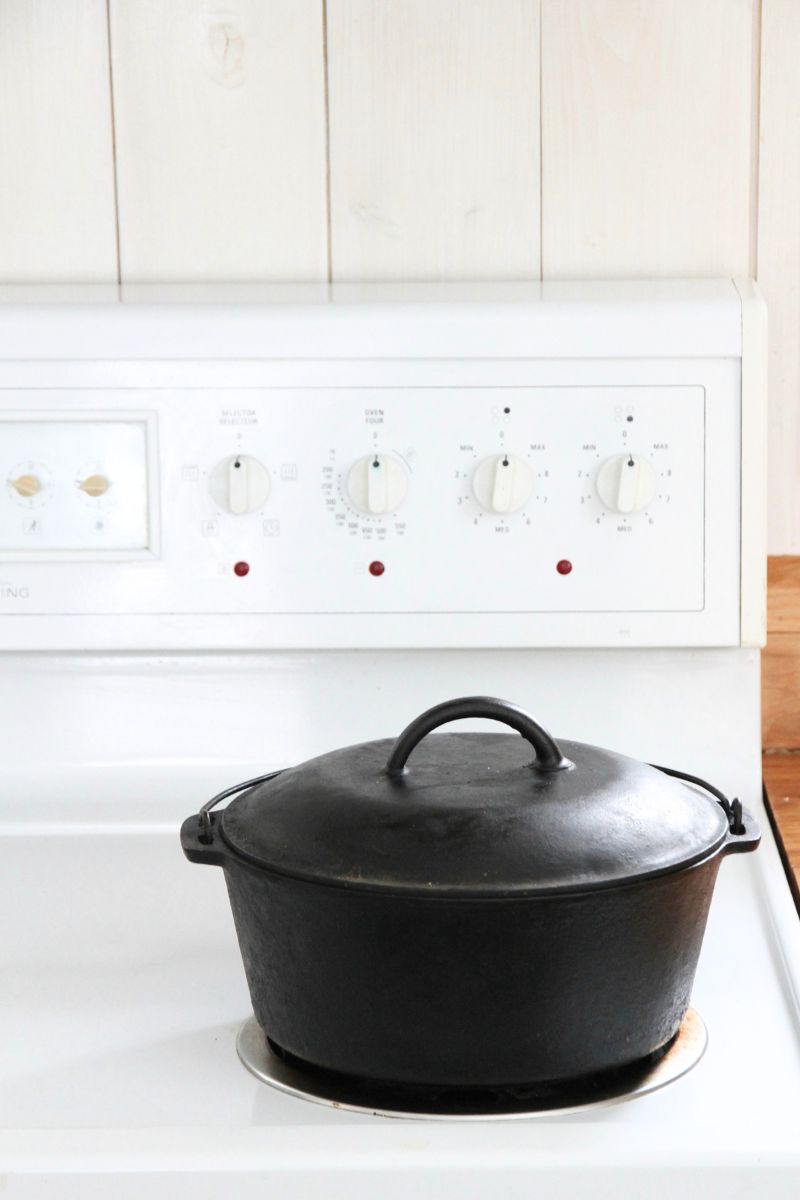
While you can get enamel-coated cast iron, the traditional black pieces don't have a colored finish.
Why Do Home Cooks Like Cast Iron?
Here are some of the reasons home cooks like using cast iron in the kitchen!
- Cast-iron cookware (and bakeware) is made with natural materials that are healthy and clean.
- Iron pans are tough, and will last a lifetime in your kitchen.
- You can use cast iron interchangeably on the stove top and in the oven.
- Unlike teflon-coated pans, you create the non-stick surface on cast iron by baking a thin layer of oil onto the surface.
- Both cookware and bakeware are slow to warm up, but cast iron pieces do distribute heat evenly and hold it well.
What Does It Mean to Season Cast Iron?
The finish on cast iron is tough, but it isn't 100% stable. Unlike pans with a pre-made finish, you create the finish on your cookware. If it wears down, you simply create another coat.
You create the finish by 1) lightly coating your pan with oil or cooking fat, and 2) baking it in the oven until the oil hardens.
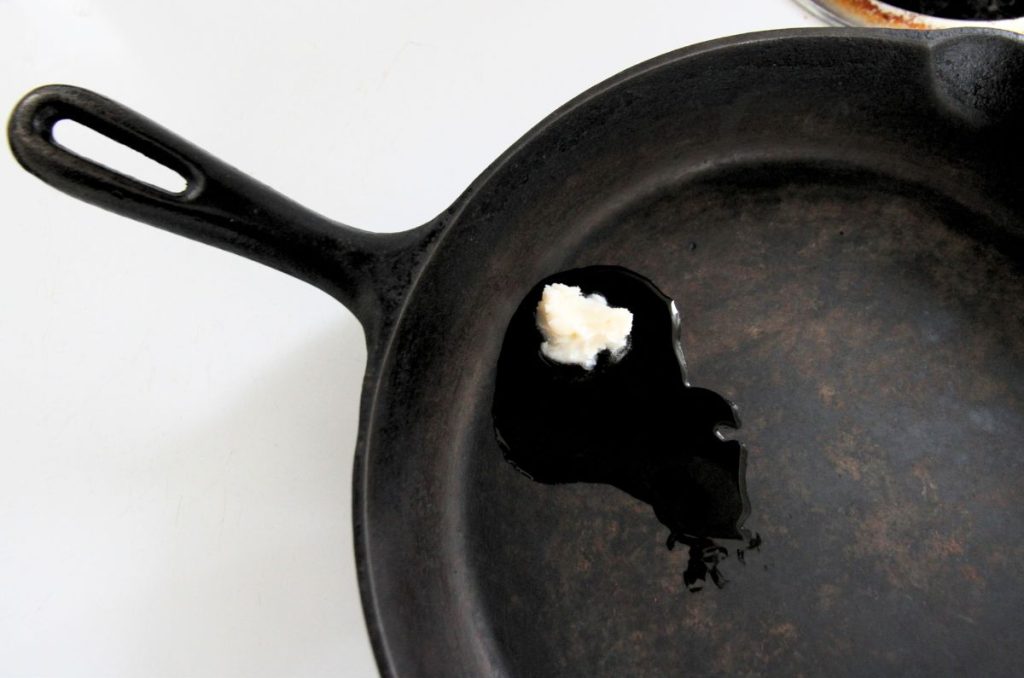
In the cast iron world, you call this the seasoning process.
Sometimes, your skillets or bakeware only need 1 coat, and sometimes you might need to do more than 1 layer of seasoning for a thick finish.
Remember my story about attempting to season my cast iron with olive oil? The type of oil you use is very important when it comes to creating a smooth cooking surface!
Note to self? Olive oil isn't an oil you should use for this job!
Best Fats and Oils for Non-Stick Cookware
In my kitchen, I like to to season cast iron with fats and oils that are solid at room temperature.
The list includes:
- Coconut oil (get 2.3 kg organic virgin coconut oil)
- Lard (get 11 oz of lard from pasture raised pigs)
- Tallow (get quality grass fed tallow here)
Solid fats seem to give me the best finish, and hold up the longest.
Now as a full disclaimer, I've never tried using vegetable oil, vegetable shortening, canola oil, flaxseed oil, grape seed oil or any of the others you might see recommended online.
I tried liquid oil once (it might have been avocado oil), but the finish didn't last as long. And I like my finish to hold up for a year or more.
Coconut oil
Coconut oil is semi-solid, and will stay firm at room temperature, up to 76F (24C). You should be able to find it in local grocery stores, or through the link I shared above.

It hardens beautifully in a cast iron pan and makes a wonderful, natural seasoning, especially for folks who don't have access to animal fat, or are vegetarian.
Lard
In case you didn't know, lard is rendered pig fat (I teach you how to render lard here).

What can I say about lard, except that I love it! Lard is my #1 choice for seasoning cast iron. A thin layer of render lard will create a very well-seasoned skillet!
Tallow
Tallow is rendered fat from bovine animals (cows, sheep, goats and even wild game). Because it has a stronger animal flavor than lard, some folks prefer to keep it out of their cooking and only use it for soap making, seasoning cast iron and making skincare products.
I teach you how to render tallow here.

If you slap it on a clean cast iron pan, you'll create a beautiful, shiny black finish that will last a long, long time!
Questions People Ask
Can you use bacon grease for seasoning cast iron?
Bacon grease is just pig fat (lard) that has salt, spices and curing salts added to it.
Do these additives interfere the curing process? I don't know. I've never tried using it on account of the pink salt (curing salt).
If you have, let me know how it went in the comments below!
Which seasoning method is best for a good finish?
If you search around on the internet, you'll find some people season their cast iron in the oven, others on the stove top and still other in a barbecue.
I only ever use the oven, and I think it's the best way to go.
What About Seasoning Bars?
I've never tried using seasoning bars. It just seems like an extra step in the process, when solid fats work so well.
Tips for Seasoning Cast Iron with Solid Fats
Everyone uses slightly different seasoning methods, but the basic steps are all the same.
I teach you how to make cast iron non stick in my tutorial here.
So I'll leave you with a few tips.
- Always use rendered fats vs raw fats for seasoning cast iron (again, I teach you how to make lard here).
- When using solid fats, be sure to warm the pan beforehand, so the fat melts and is easy to spread.
- Use a paper towel both to spread fat around, and absorb extra oil so you leave a very thin coat behind.
- Because you need high heat to cook the fats onto the pan, set your oven around 375-400F.
- Higher temperatures means you will extend beyond the smoke point of the oil, so be sure to turn a fan on (and open windows, if necessary).
- Season your pan, and add a second or even third layer, if needed.

In Conclusion
Everyone seasons their cast iron, differently. You'll find varying opinions about what kind of fat or oil to use, how hot your oven should be or how many coats of oil to apply.
And then there's the topic of how to clean your cast iron! We won't go there today.
What I want to leave you with is this: figure out what works for you and run with it. Not all cast iron pans are created equal, and what works well for one person might not work for another.
Cast iron is what you might call "organic" cookware. Things aren't stable, the finish ebbs and flows with use and you just have to figure out what works for you and your style of cooking!
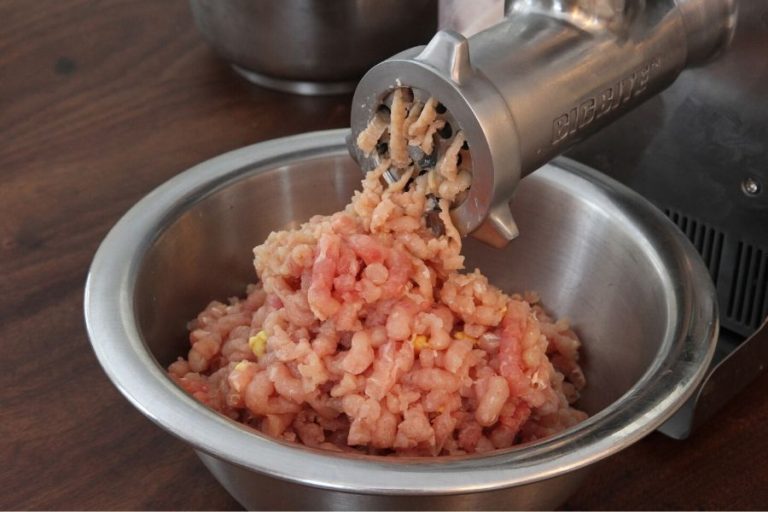

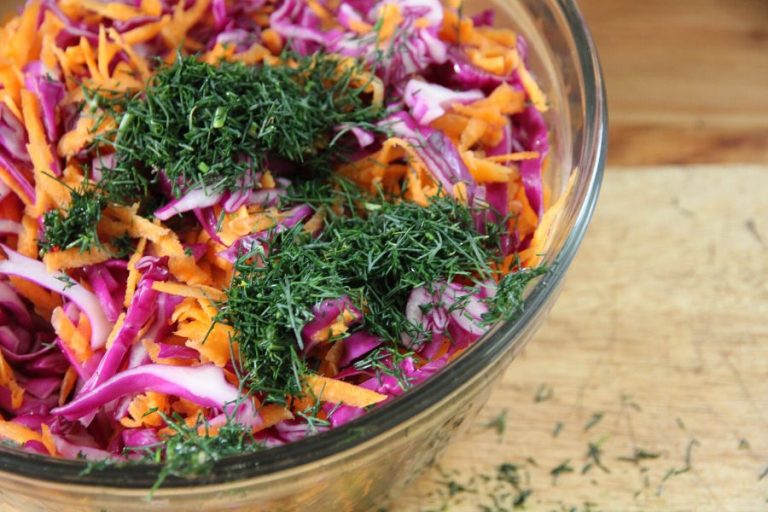
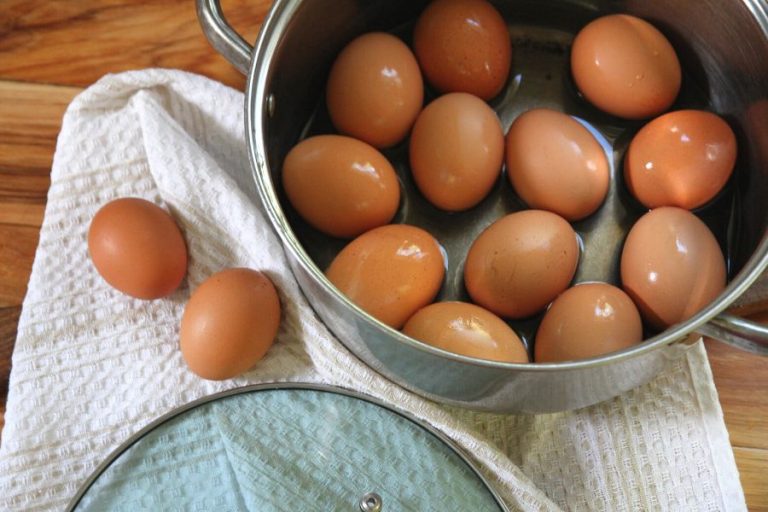
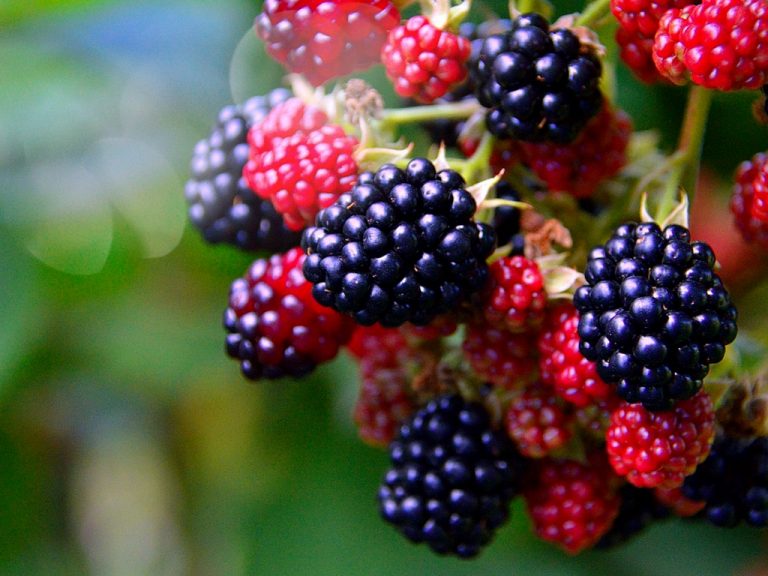
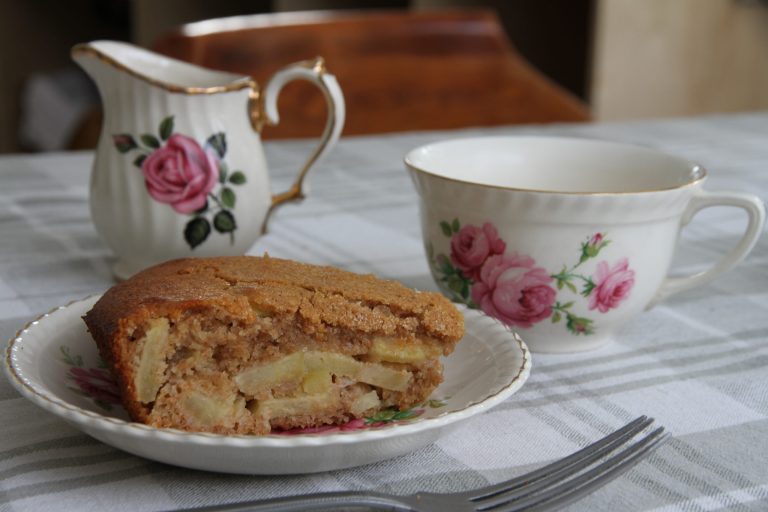
Hello, lovely informative article!
My cast iron pan was bought at a street sale in 1969, in Saskatoon, for .25$. I use it for everything. It has never had soap or detergent!
Yearly I give it a baking lard refinish at 350* F for an hour, then leave it at 225 for a few more!
Oil leaves a lecithin residue that contaminates all of the foods it touches! Avoid oil at all costs! Coconut fat is, as you say, totally acceptable, if you can tolerate the taste!
Margot in the Yukon